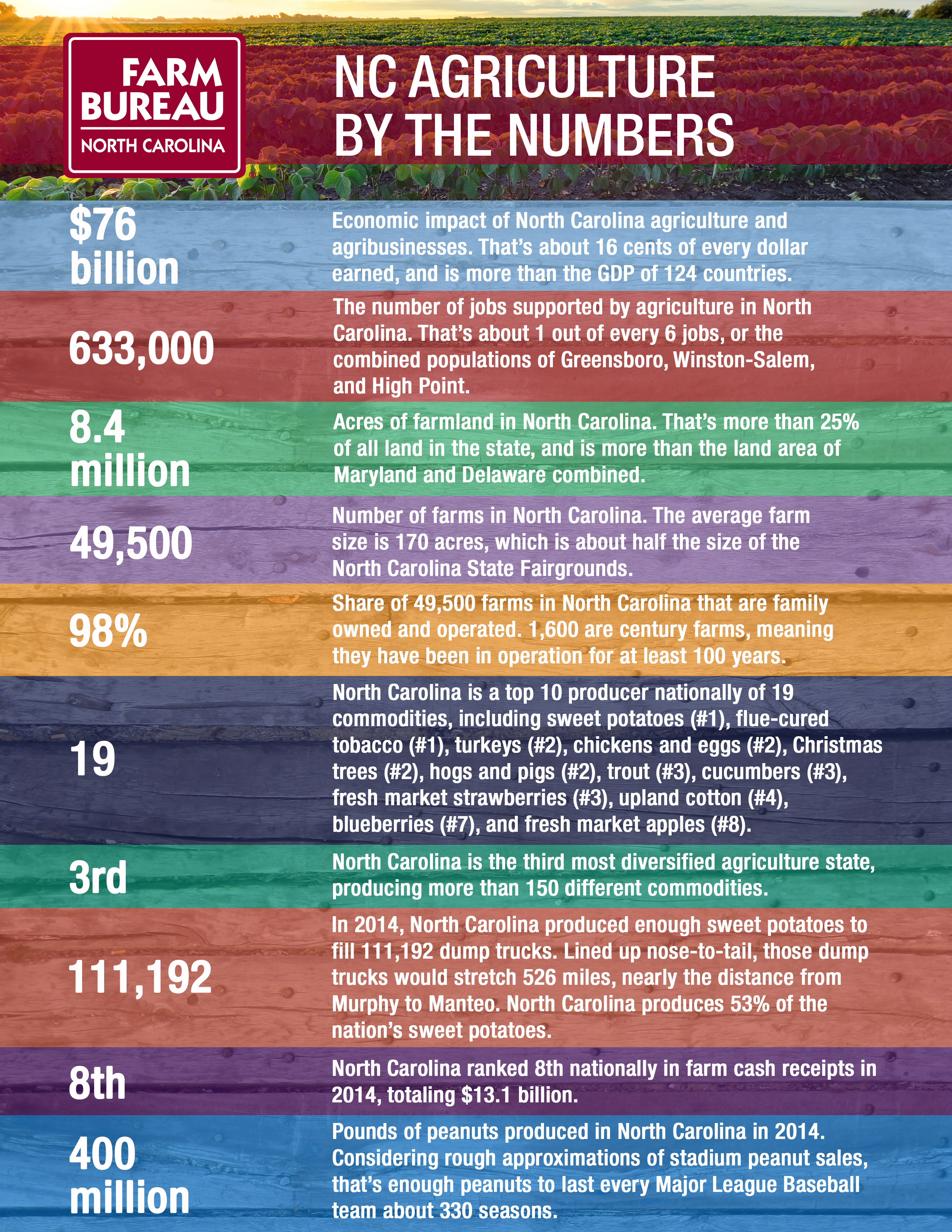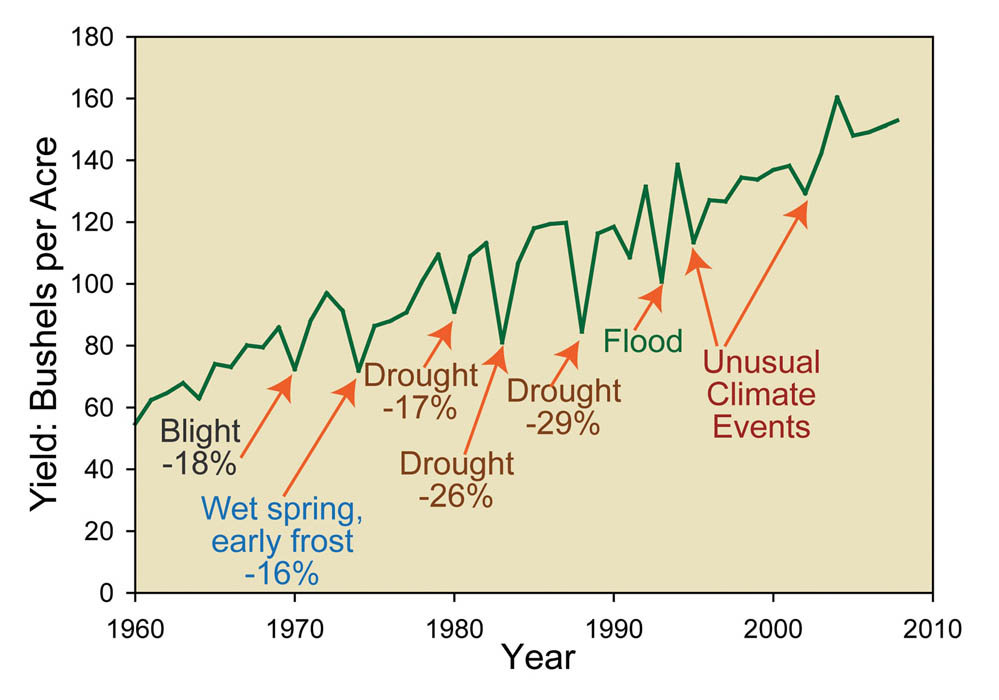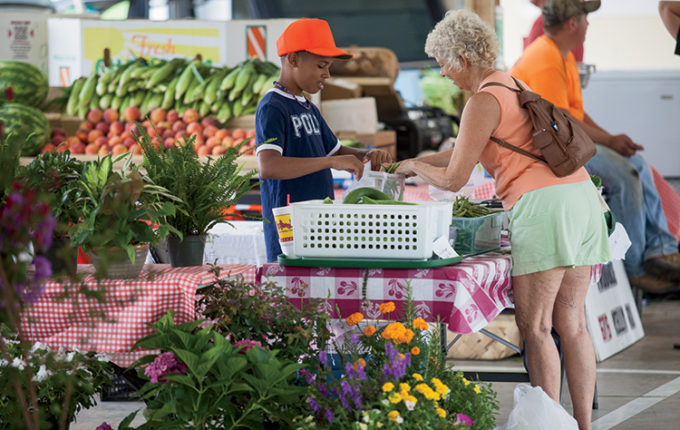Last week, we talked about the benefits to consumers of buying farm products locally at farmers markets and roadside stands. Today, we’re going to discuss a couple of ways farmers can benefit from selling farm products locally.
Nearly everyone who has traveled a North Carolina highway has been behind a log truck or seen trees being cut down. Maybe this drums up thoughts of a forest industry working to provide everyday items like paper towels and toilet paper, toothpaste, paints, furniture or 2x4s for your next home improvement project. On the other hand, maybe it brings to mind questions about how many trees are being cut down and how this affects the environment. Since yesterday was “Forestry Day in the Legislature”, we’ll take a look at five things that everyone should know about North Carolina’s forestry sector and hopefully debunk a few misconceptions along the way.
The North Carolina Legislative “Short Session” is underway! As legislators settle in for the session, the timing is perfect to talk about the significant role agriculture plays in North Carolina. Today, we’ll highlight a few key facts about North Carolina agriculture and try to make some interesting comparisons along the way.

Download PDF: NC Farm Bureau – NC Agriculture by the Numbers
Last week we told you about the difficult year North Carolina farmers had in 2015. This week we want to show you how that bad weather has converged with a few other factors to put many farmers in a really tight spot as they prepare for the 2016 growing season.

First of all, weather is always a wild card in agriculture. Here’s a chart (Figure 1) showing how weather events have affected US corn production over the last 50 years. Nearly every decrease in crop yields can be attributed to some adverse weather event. Farmers certainly understand this and do everything they can to manage risk, but there’s only so much they can do when extreme events occur.

